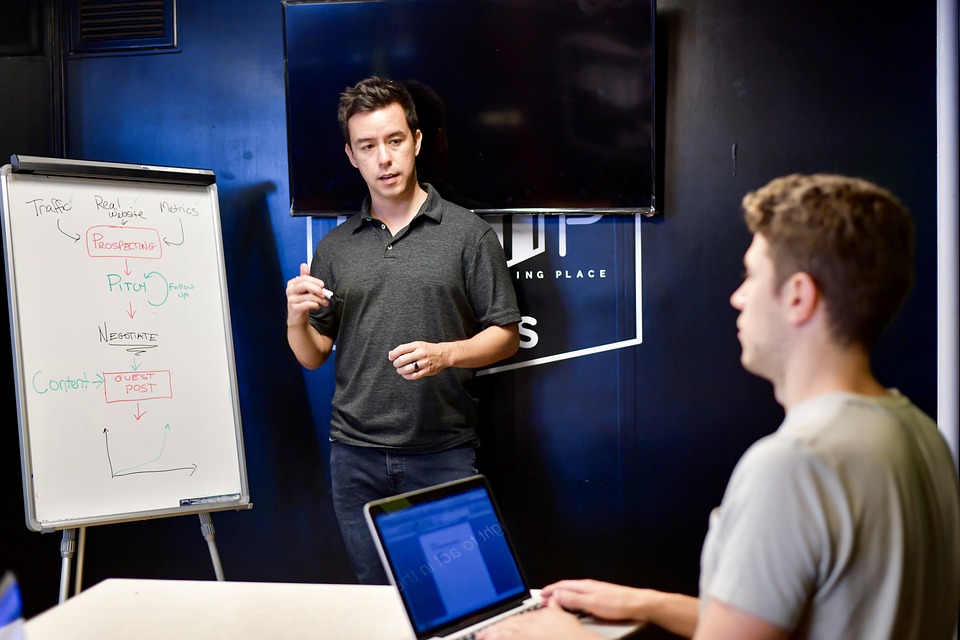PHP and MySQL are two essential tools for web development. PHP is a server-side scripting language, while MySQL is a popular open-source relational database management system. When used together, they allow developers to create dynamic and interactive websites or web applications. If you are new to PHP and MySQL or want to expand your knowledge, this comprehensive guide will provide you with everything you need to know.
1. Introduction to PHP:
PHP, also known as Hypertext Preprocessor, is a versatile scripting language primarily used for web development. It is embedded within HTML code and executed on the server. PHP code is processed on the server, and the resulting output is sent to the client’s browser. It is easy to learn and widely supported by various web hosting providers.
2. Understanding MySQL:
MySQL is a popular open-source relational database management system. It is known for its speed, reliability, and ease of use. MySQL stores and manages data in tables, which are organized into databases. It supports various data types, including numbers, strings, dates, and more. MySQL is compatible with different operating systems and can be integrated with various programming languages, including PHP.
3. Setting up PHP and MySQL:
Before getting started with PHP and MySQL, you need to set up a development environment. There are several options available, such as installing a local server stack like XAMPP or using a cloud-based development platform like WampServer. Once your development environment is set up, you can start writing PHP code and connecting it to a MySQL database.
4. Basic PHP Syntax:
PHP code is embedded within HTML code using opening and closing tags: . PHP statements end with a semicolon (;). Variables in PHP are declared using the $ sign, followed by the variable name. PHP supports various data types, including integers, floats, strings, booleans, arrays, and objects.
5. Working with Variables and Data Types:
In PHP, you can assign values to variables using the assignment operator (=). PHP variables are dynamically typed, meaning their data type can change during runtime. You can manipulate variables and perform operations like arithmetic, string concatenation, and comparison. PHP also provides built-in functions for working with different data types.
6. PHP Control Structures:
Control structures in PHP allow you to control the flow of execution based on conditions. PHP provides if-else statements, switch statements, loops (for, while, do-while), and more. These control structures help you make decisions and repeat code blocks as needed.
7. PHP Functions:
Functions in PHP allow you to encapsulate reusable blocks of code. You can define your own functions or use built-in PHP functions. Functions can have parameters and return values. PHP provides a wide range of built-in functions for performing common tasks like string manipulation, array sorting, file handling, and more.
8. Introduction to MySQL:
MySQL provides a powerful set of SQL commands for creating, modifying, and querying databases. You can create databases, tables, and define relationships between tables using SQL statements. MySQL supports various data manipulation commands, such as SELECT, INSERT, UPDATE, and DELETE, which allow you to retrieve, insert, update, and delete data from tables.
9. Connecting PHP and MySQL:
To connect PHP and MySQL, you need to establish a connection using the MySQLi extension or PDO (PHP Data Objects). These extensions provide functions and methods to connect to a MySQL server, execute SQL queries, and retrieve results. You can establish a connection, execute queries, fetch rows, and handle errors using PHP code.
10. SQL Queries and Data Manipulation:
SQL queries are used to interact with the MySQL database. You can create tables, insert data, update records, delete records, and retrieve data using SQL commands. PHP provides functions to execute SQL queries and fetch the results. You can also use prepared statements to prevent SQL injection attacks.
11. Working with Forms and User Input:
PHP is often used to process user input from HTML forms. You can retrieve form data using the $_POST or $_GET superglobals. PHP provides functions to sanitize and validate user input to prevent security vulnerabilities. You can store user input in a MySQL database or perform other actions based on the form data.
12. Advanced PHP and MySQL Concepts:
Once you master the basics, you can explore advanced concepts like sessions and cookies, file handling, error handling, and security considerations. Sessions and cookies allow you to maintain user-specific data across multiple requests. File handling enables you to read and write files on the server. Error handling helps you handle and log errors gracefully. Security considerations involve protecting your PHP code and MySQL database from vulnerabilities.
In conclusion, PHP and MySQL are powerful tools for web development. This comprehensive guide has provided you with an overview of PHP and MySQL, including setting up a development environment, understanding the basic syntax, working with variables, control structures, functions, connecting PHP and MySQL, executing SQL queries, working with forms and user input, and exploring advanced concepts. By mastering PHP and MySQL, you can create dynamic and interactive websites or web applications.





